
Deep Squat Pose, also referred to as Garland’s Pose and Malasana is a very effective hip-opening yoga pose. This position provides a wonderful opportunity for a deep range of motion in your hips, ankles, and knees and a gentle opening of your pelvic floor.
If that seems overwhelming to you, don’t worry! I also provide modifications to help lessen the strain on those joints and make this position accessible to you.
Deep Squat Pose is a yoga position that can be utilized on its own, or within a sequence of yoga poses. If you would like more information about specific yoga routines, please visit my information page.
Begin by relaxing deeply, focusing on your diaphragmatic breathing, and find what you need to be supported properly in the guide below.
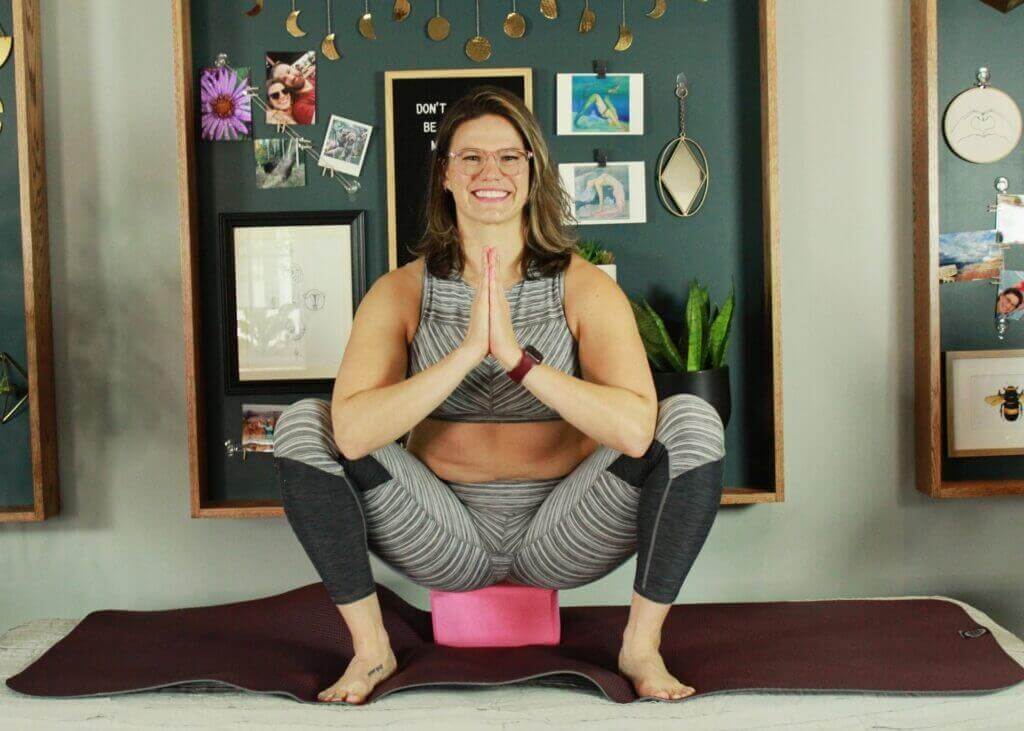
As you can see, deep squat pose can be a challenging pose for many to practice. I have a limited range of motion in some of the areas affected by this position, as you can see above I usually utilize a modified version of this position for myself.
Deep squat pose is often used as an exercise position as well, however, it varies slightly from the yoga position. It is important to focus on your breathing and proper positioning to gain full pelvic floor benefits. Yoga poses are not a one-size-fits-all, and everyone has a unique body and level of comfort.
In this article, I walk you through the process of getting into the deep squat pose, as well as in the partner video available through my YouTube channel, and offer variations to help you adjust this position to meet your needs. If you are looking for a different type of modification or have questions, please contact me, I’d love to hear from you!
BENEFITS OF DEEP SQUAT POSE:
- Decrease pain in the pelvic region, abdomen, back, hips, and groin
- Help with conditions associated with pelvic floor dysfunction
- Help combat fatigue and depression
- Provide opening to the ankles, knees, hips, and spine
- Lengthen and gain opening through your calves, thighs, groin, gluteals, and back muscles
EXERCISE! Practice your diaphragmatic breathing with this posture 3x daily. Hold for 90 seconds at a time. This hold time is important for your body to transition and down-regulate. It may feel uncomfortable at first. Meet your body where it’s at and breathe through it.
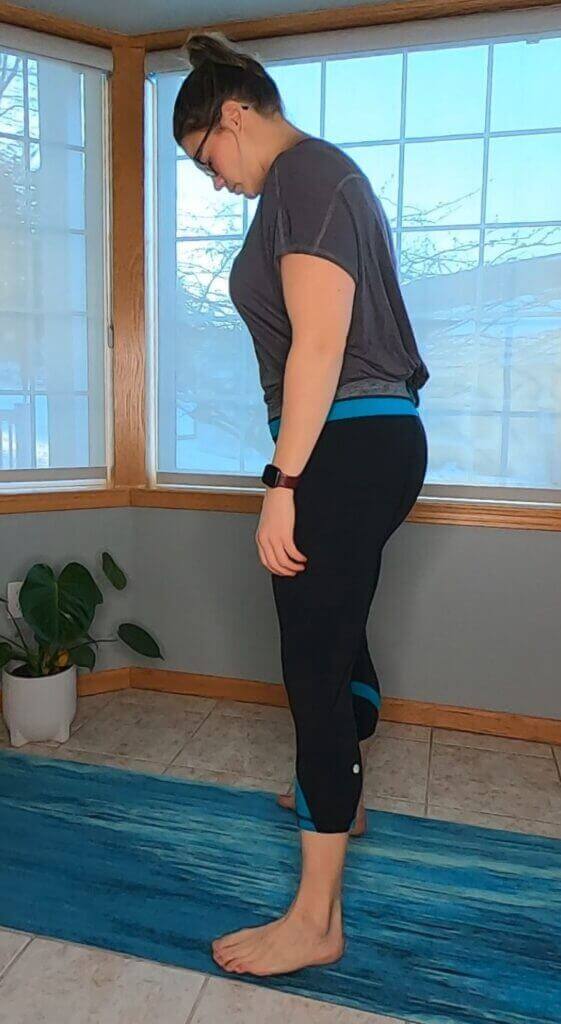
STEP 1
Begin in a standing position. Place your feet anywhere from hip to shoulder-width apart, whatever meets your body where it is at.
Exhale! Set your feet by rotating them out to, as close as possible, a 45-degree angle.
Inhale! Bring your hands up to below your chin, pull your belly button in, and bring your palms up to face one another. Rest them together as in the image below. Remember to practice your diaphragmatic breathing throughout this yoga posture.
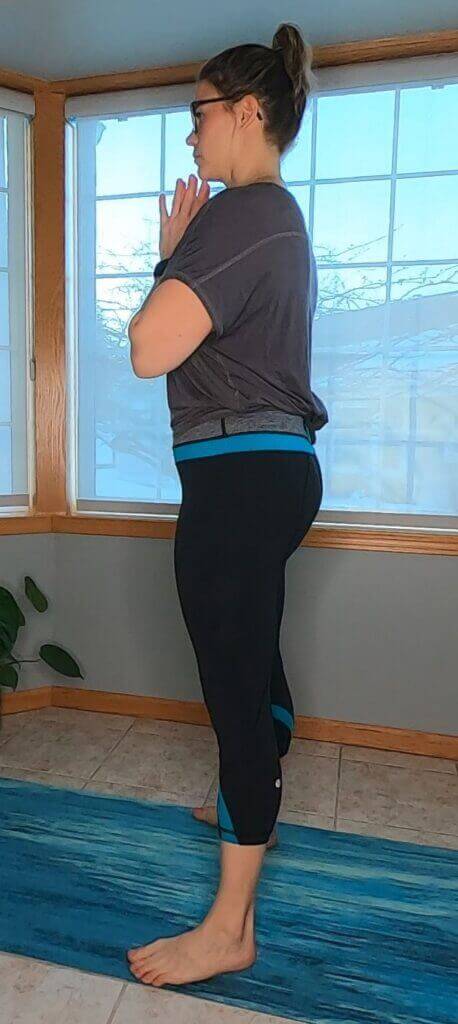
STEP 2:
With your palms touching, begin to gently engage your core, inhale, and gently begin to drop your pelvis and sink into a squat position. There are other variations on how to enter this position below. If this vertical drop requires too much balance or demands too much flexion, or range of motion, from your joints or muscles.
Step 3:
Looking forward, be sure to pull up through your chest, shoulders, and the top of your head, expanding and stretching from tip to tail. Relax through your shoulders and neck, focus on your diaphragmatic breathing. Take 90 seconds to deeply breathe in the squat. If you feel strain, add support where needed.
There are many ways to explore this position. As you can see, I personally utilize a yoga block often to help me stabilize and get the best stretch through my pelvic floor, while not over-demanding from my joints. Find the option that works best for you by exploring the modification options below.
REMEMBER! A stretch-like pulling sensation is normal, investigate that feeling. It should gradually reduce throughout the posture. Pain on the other hand will not change, or may even increase.
Deep Squat Pose Modification 1:
This modification removes the stress of gravity, your own body weight, as well as muscles activation in the knees, ankles, hamstrings, etc, while still encouraging hip and pelvic opening. In this example of deep squat pose I utilize an ottoman to demonstrate, however, I also recommend that my patients just utilize a nice flat wall area that you have anywhere at home where you can be comfortable.
Begin by laying on your back on the floor, or surface, with your feet in the direction of the wall. Place your feet fairly flat on the wall with your knees at about a 90-degree angle. Next, slowly work to scoot your bottom down towards the wall until you reach a comfortable hip-opening position, where your feet are relaxed against the wall.
Drop your knees open slightly to encourage opening through the pelvic floor. This can also be a great way to introduce yourself to the deep squat position, grab a blanket, do up your face mask and put some cucumbers on your eyes, and sink in!
Deep Squat Pose Modification 2:
The deep squat pose is a great yoga position for powerlifters and cross-fitters, not only for exercise but also for stretching, it can be important pelvic floor support for high tension athletics. It is so important to maintain muscle mobility for adequate pelvic support for athletes who practice high tension loading.
Many women also deliver in this position making it a wonderful posture to practice throughout your pregnancy when possible. This variation can add a small amount of support to the position, which greatly reduces the demand on your muscles to hold you balanced in the pose, reducing strain. This can help with range of motion limitations, as you can see below you can utilize a yoga block in any number of positions for height versatility.
You can utilize a stool to support yourself while sitting down on the block or move into this position from a kneeled position. Rest your bottom on the yoga blocks, and place your knees apart as in the standard deep squat position. Turn your feet out at around a 45-degree angle to a comfortable support position. Be sure to pull up through your chest and engage your diaphragmatic breathing.
Deep Squat Pose Modification 3:
For a full range of poses and stretches, with a multitude of modifications, check out the following resources! Use these to design an individualized, daily plan to build healthy movement into your life!
PELVIC YOGA POSES:
- VIDEO PLAYLIST: Pelvic Floor Yoga Poses (with MODIFICATIONS)
- GUIDE: Pelvic Yoga (with MODIFICATIONS)
PELVIC FLOOR STRETCHES:
If you feel that would benefit from pelvic floor physical therapy or have any questions about the deep squat pose, you can book a FREE 20-minute consultation HERE.
Or, if you’d like to learn more about all things pelvic floor health, head over to Instagram! You can always reach out in the DM’s if you have any questions!
More content you may like:
Recommended Products
I LOVE Manduka for their quality, and variety of options, designed to meet all of your needs. Manduka is a great one-stop shop for high-quality yoga products. They also sell clothing and other accessories to make those pelvic stretches possible for everyone.
Link: Manduka
DISCLOSURE: Hi there! – I truly hope you love any product I recommend, I always try them out personally or with my patients. At times, I use affiliate links. You do not pay more, a small percentage of the sale goes to the person who has influenced your purchase. This helps me to continue offering free content. Let me know your experience! All pricing is up to date at the time of posting.


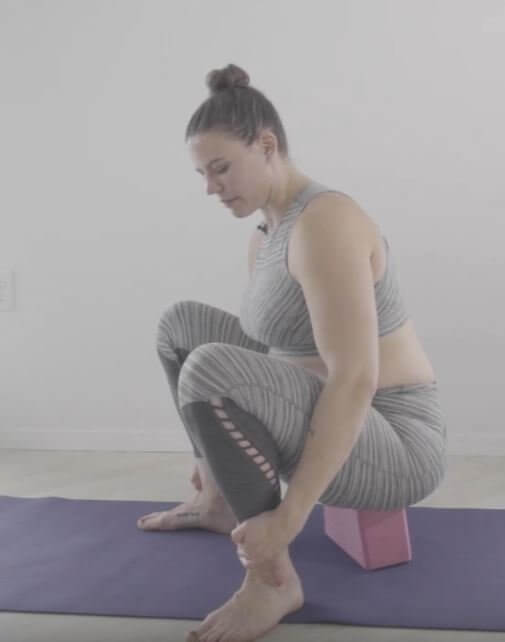
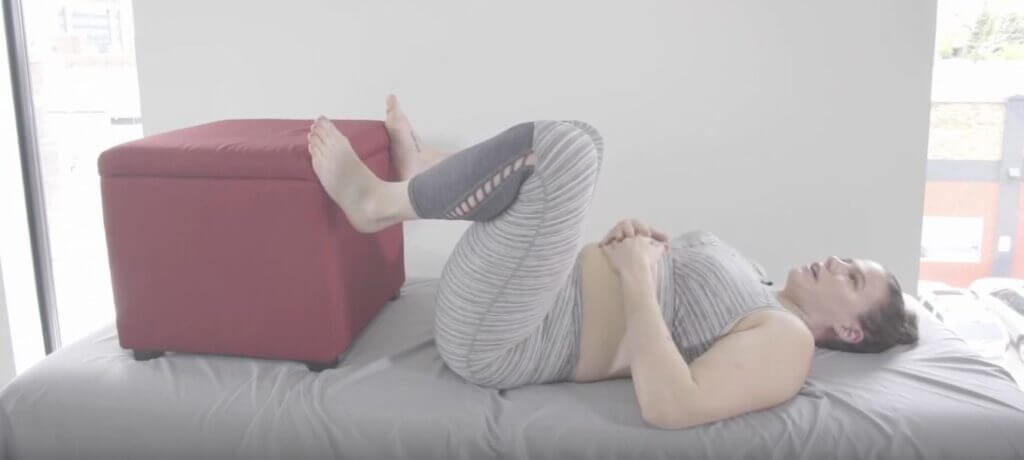
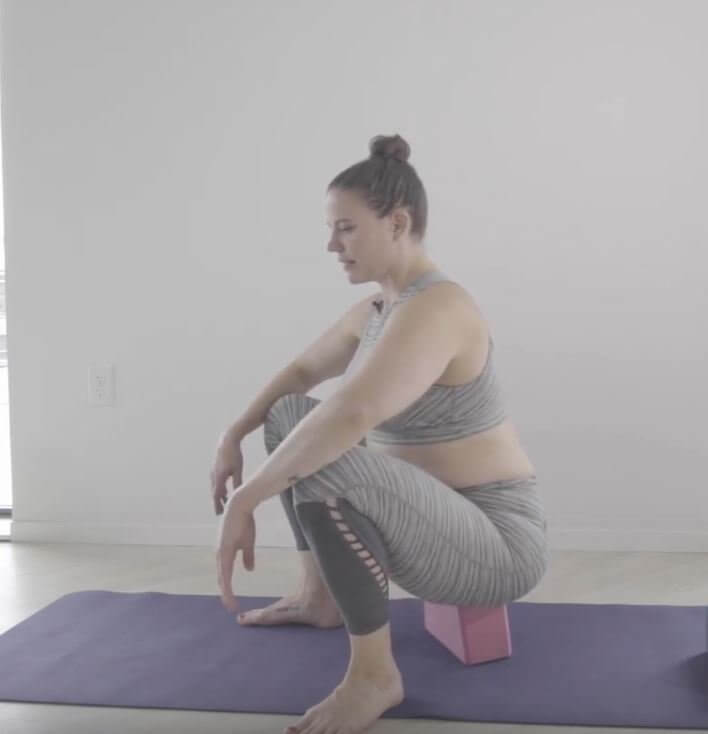

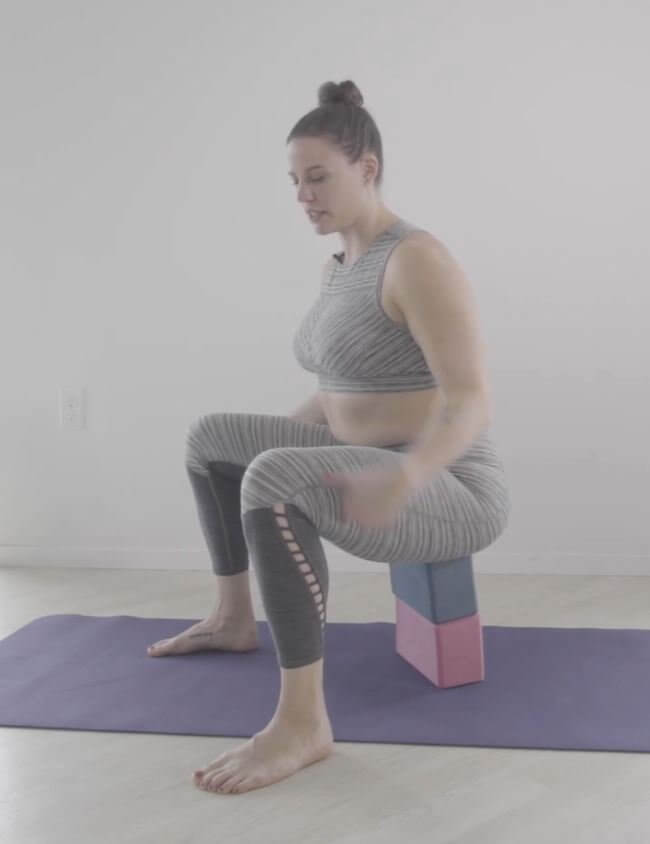





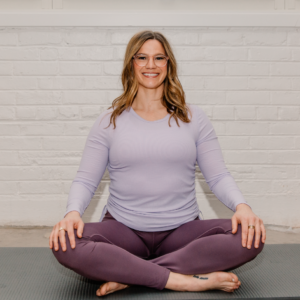
Sorry, the comment form is closed at this time.